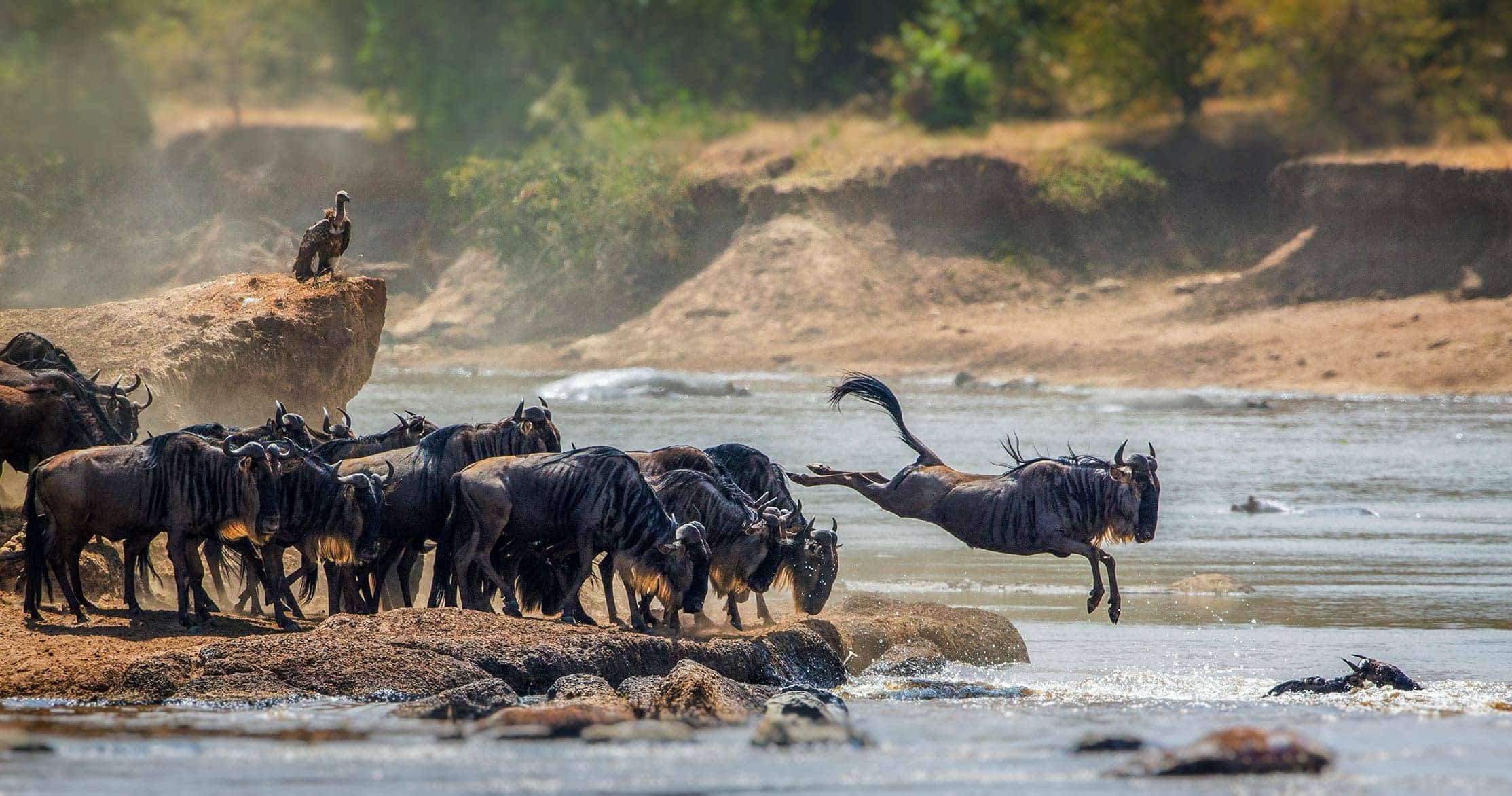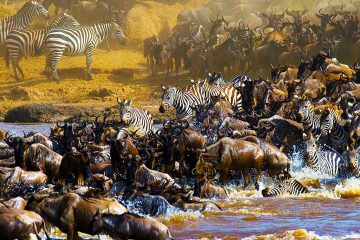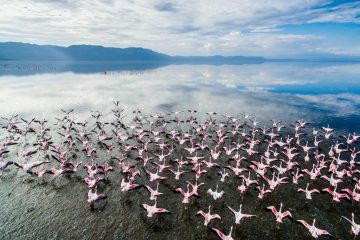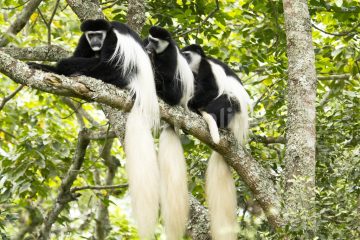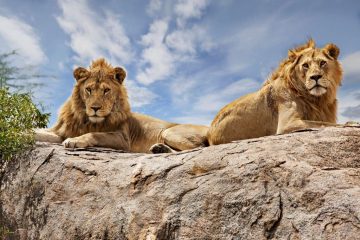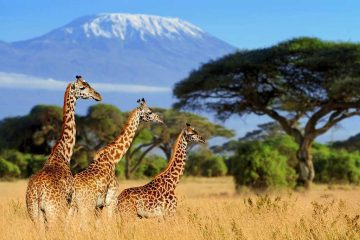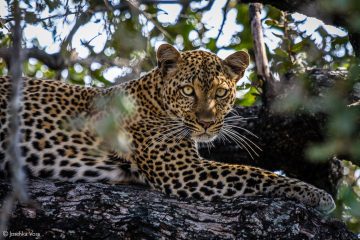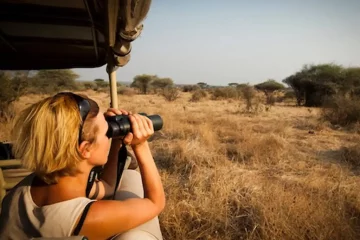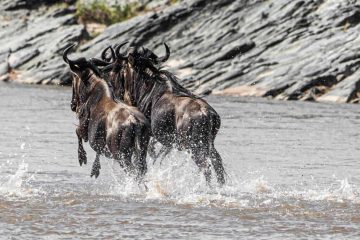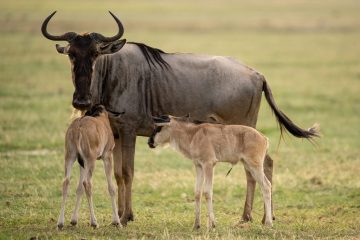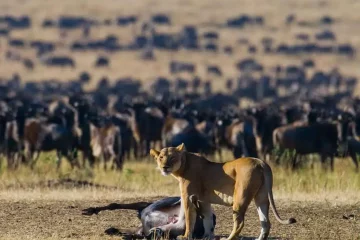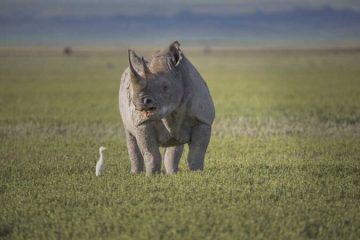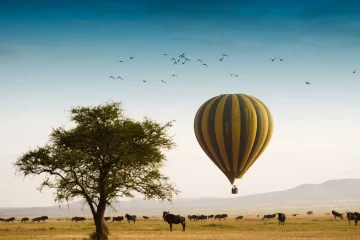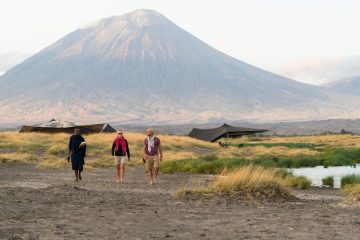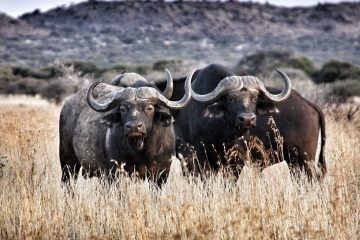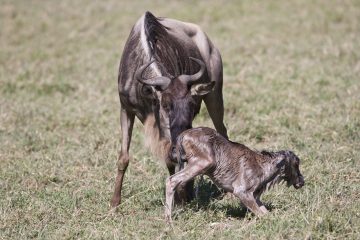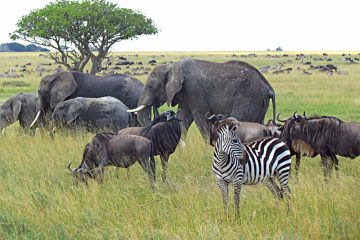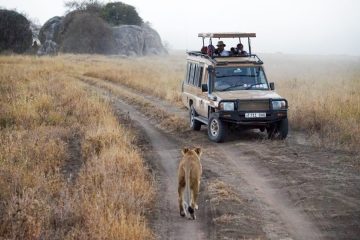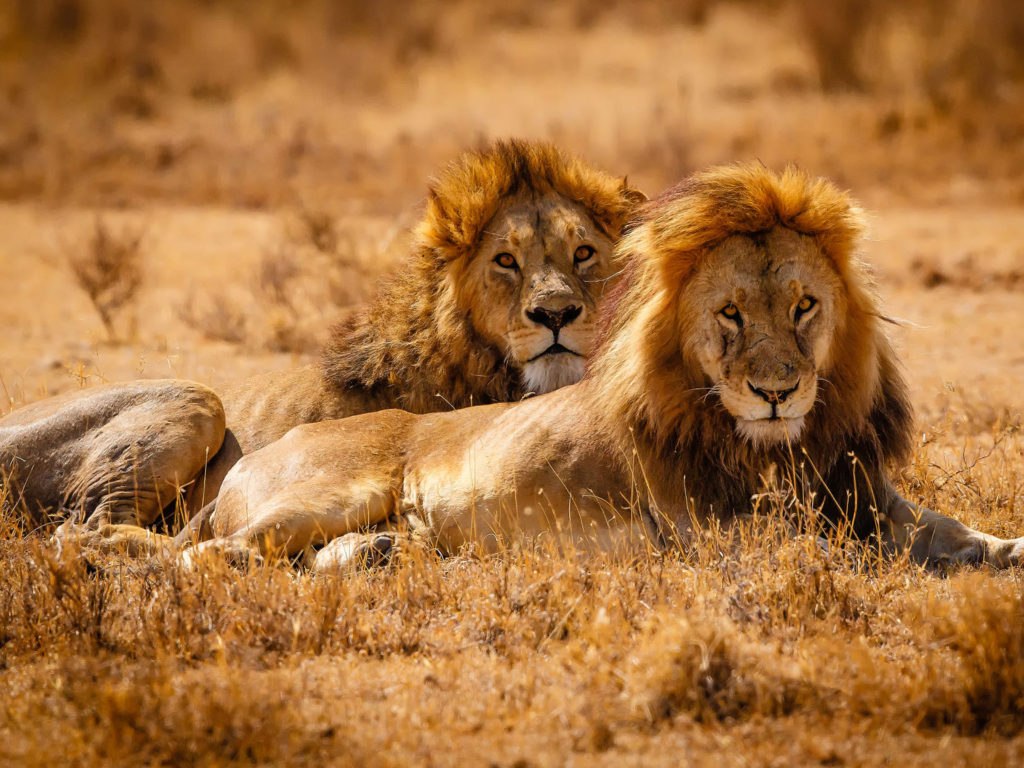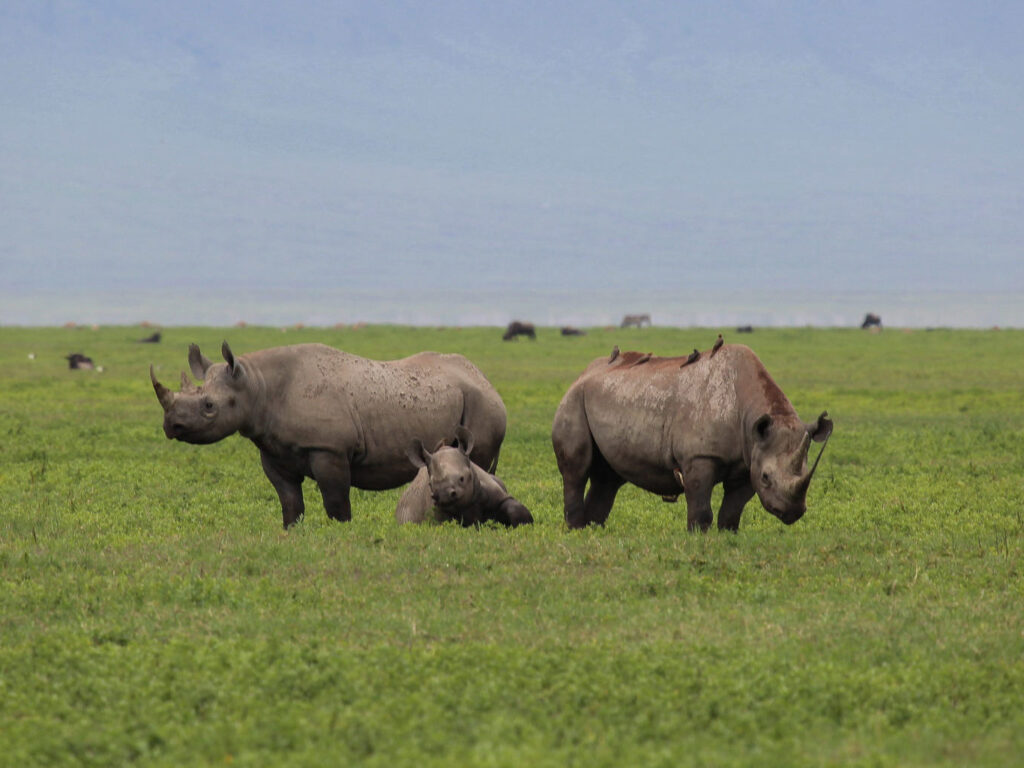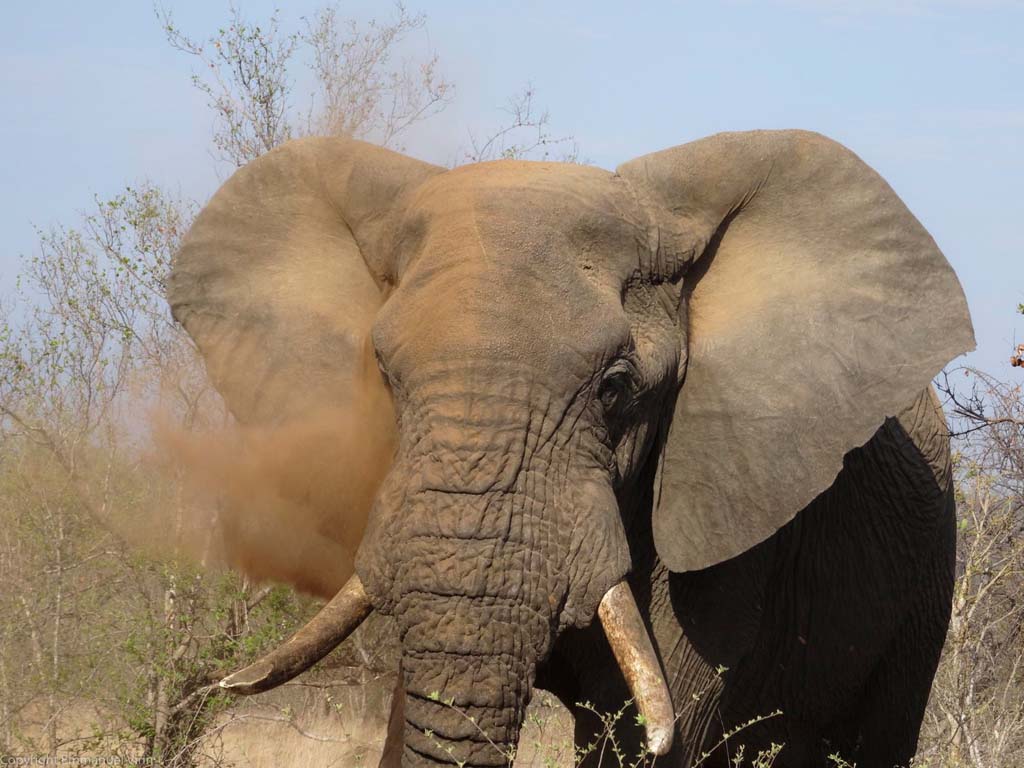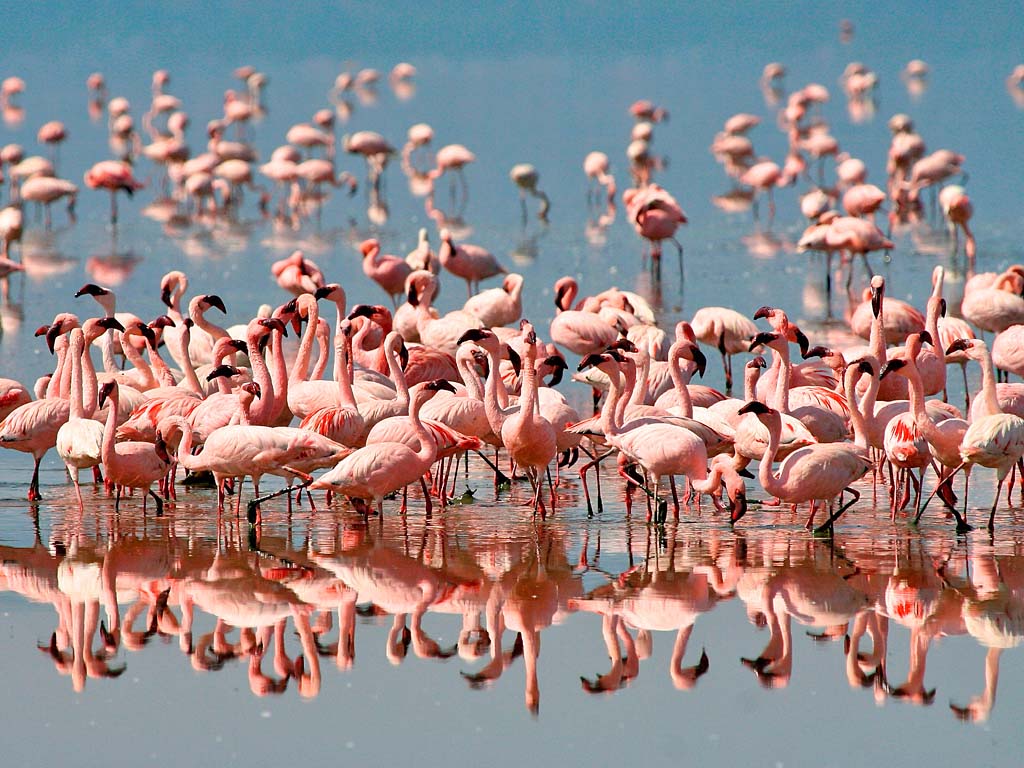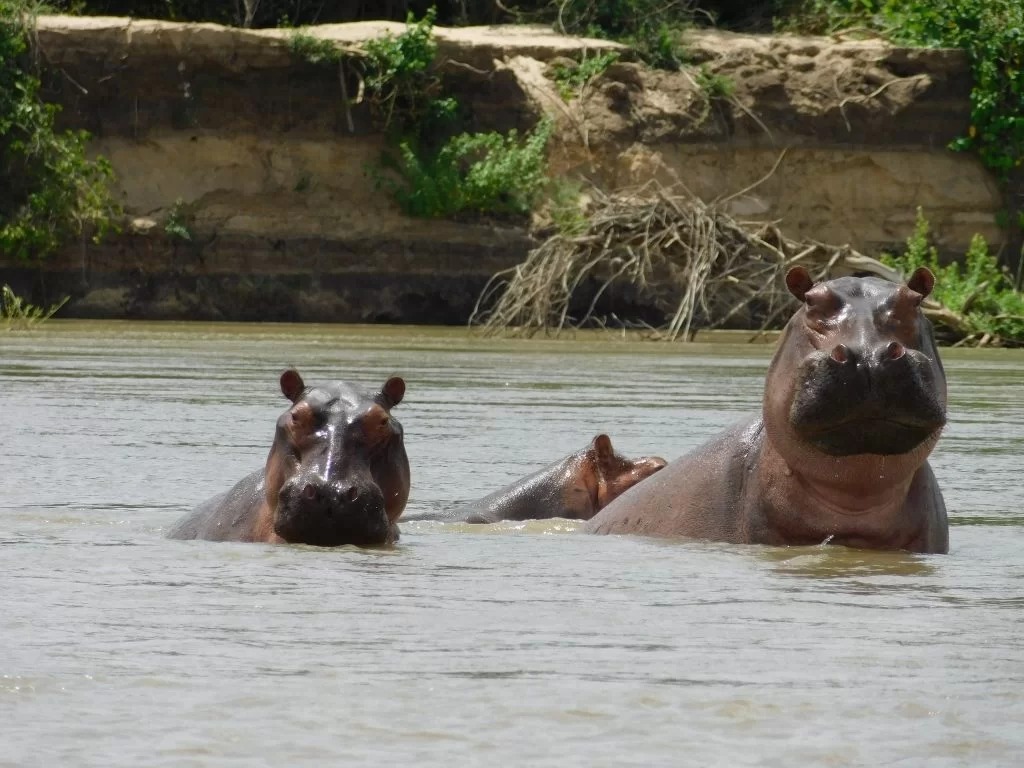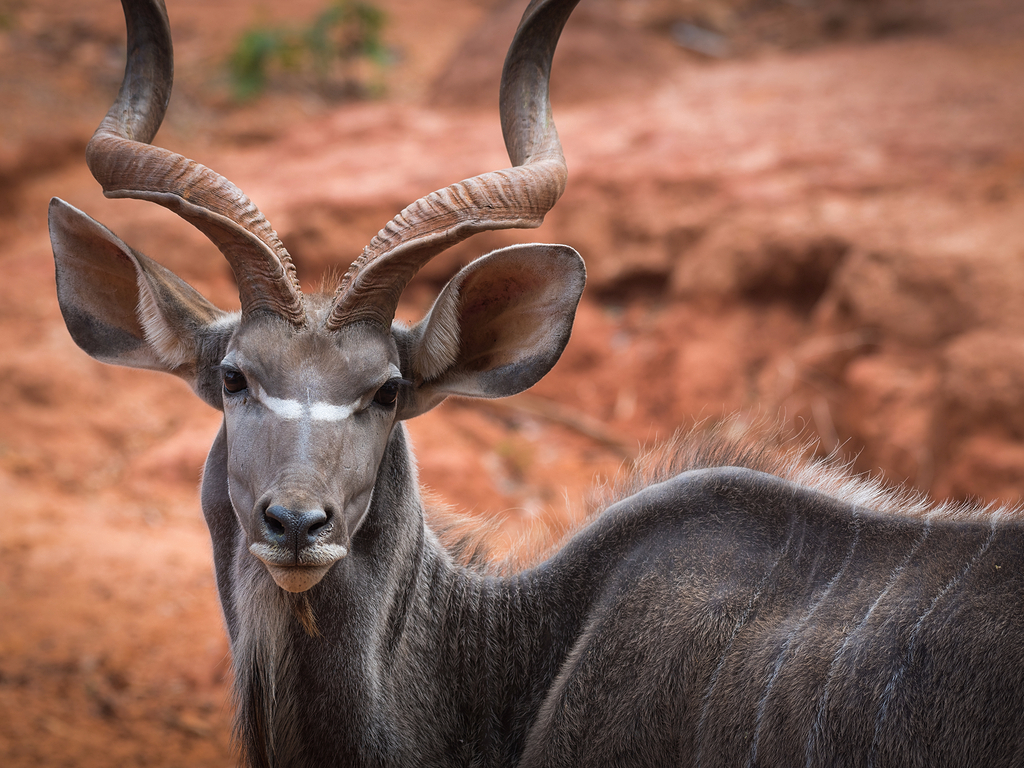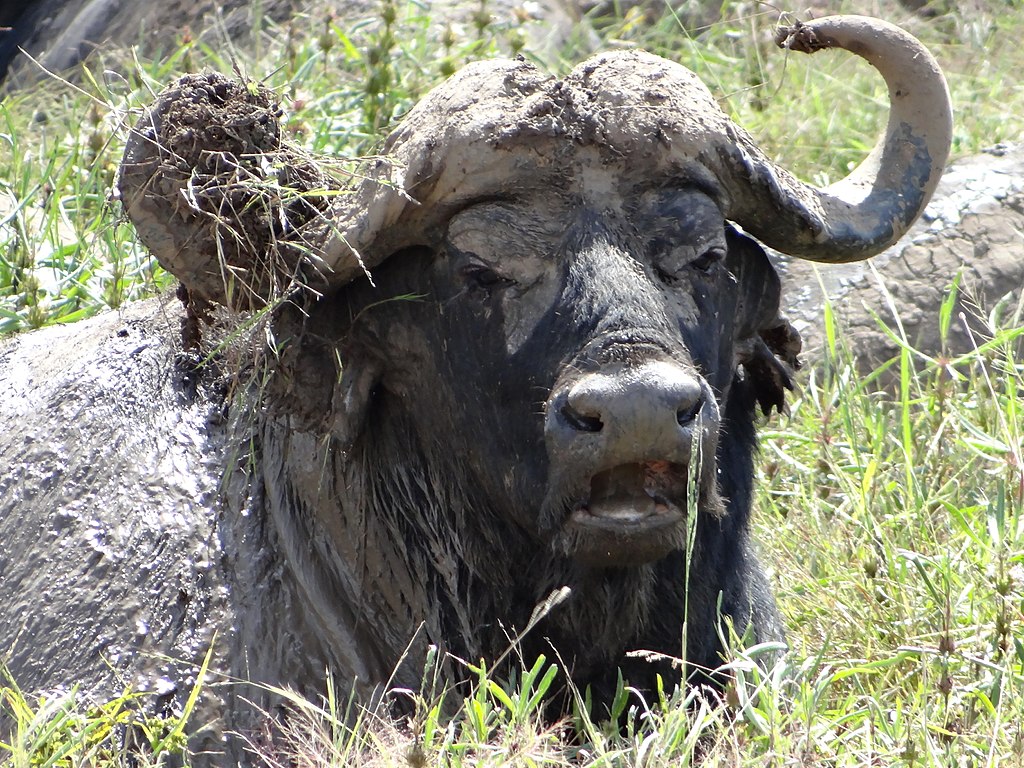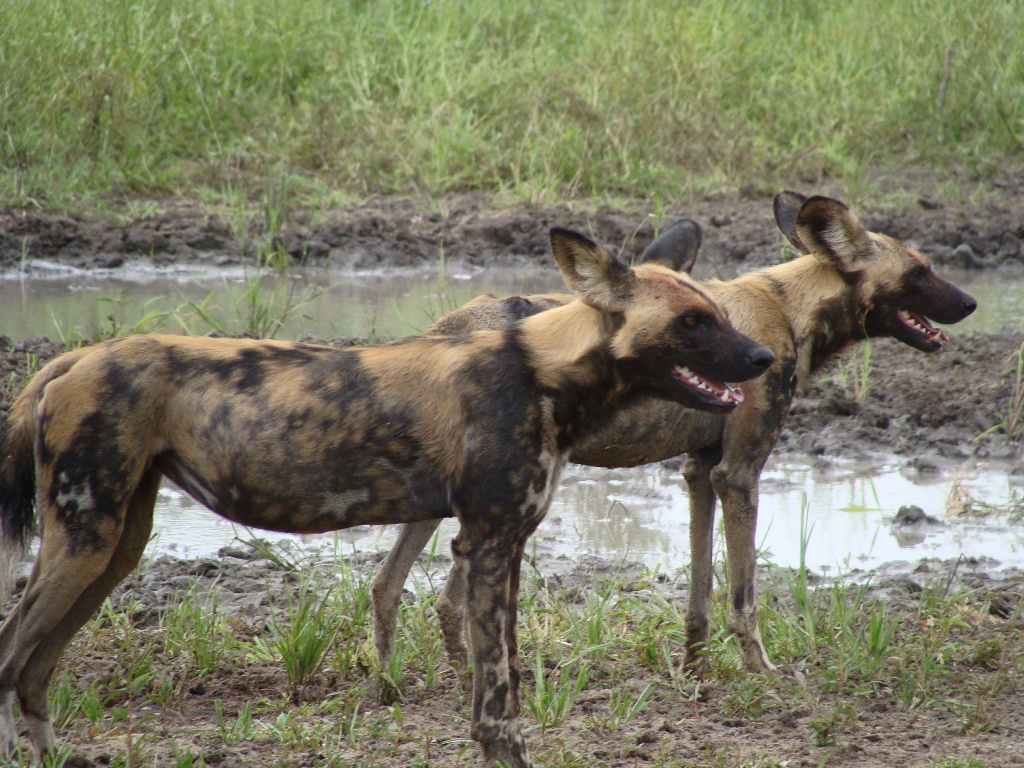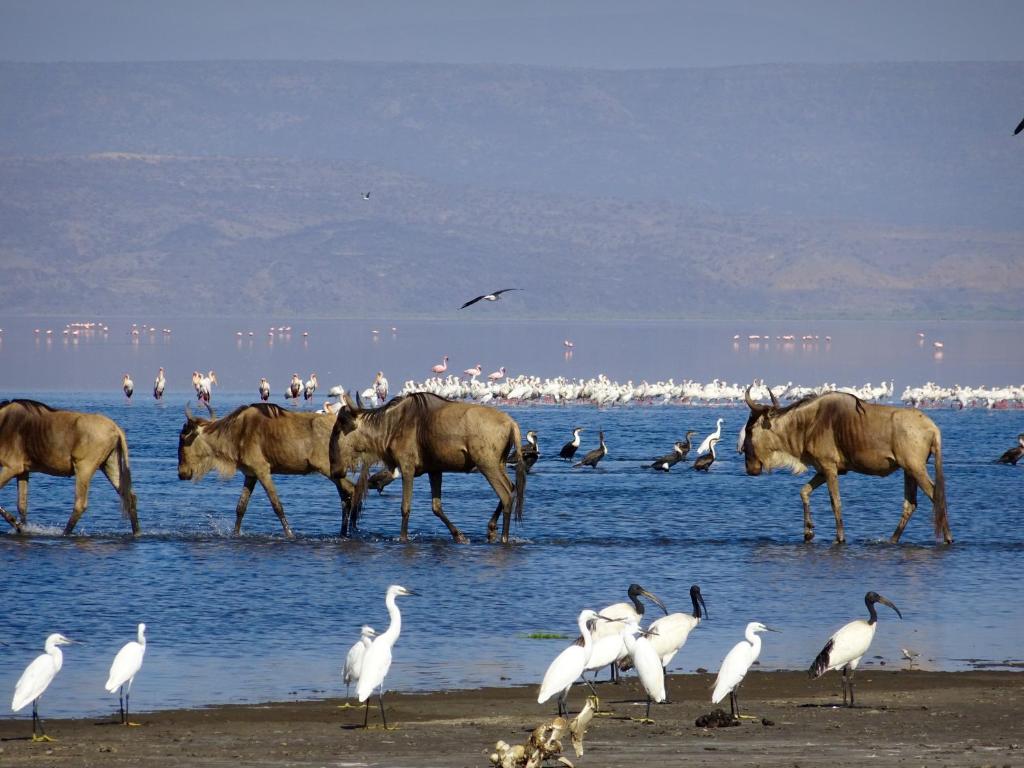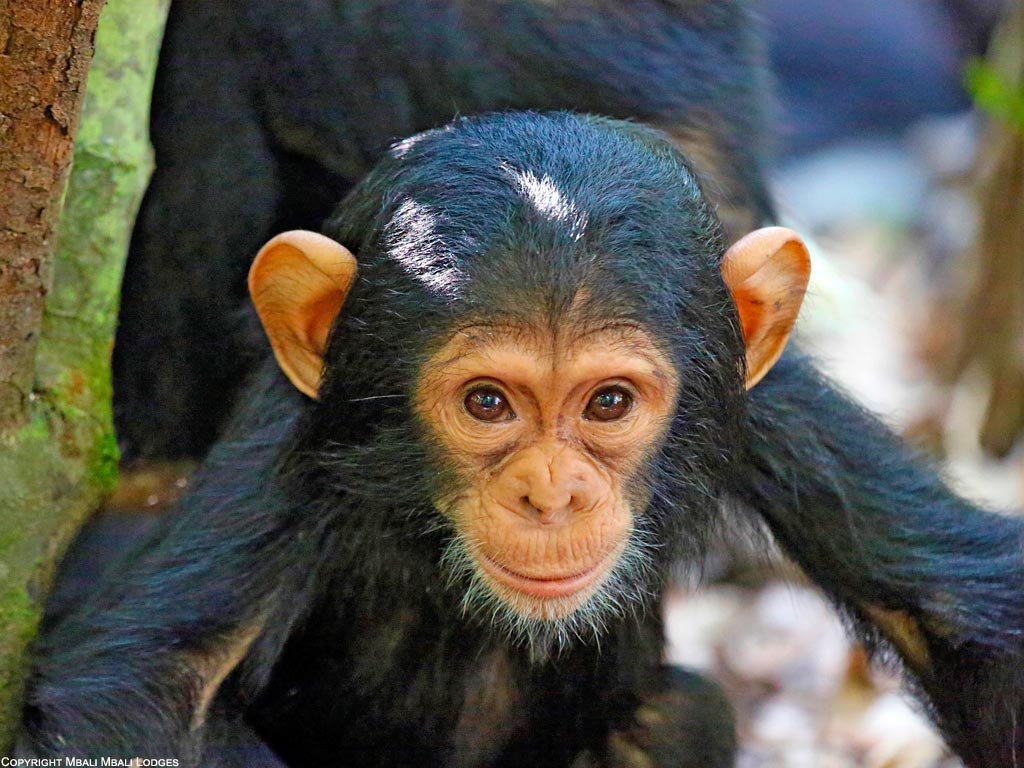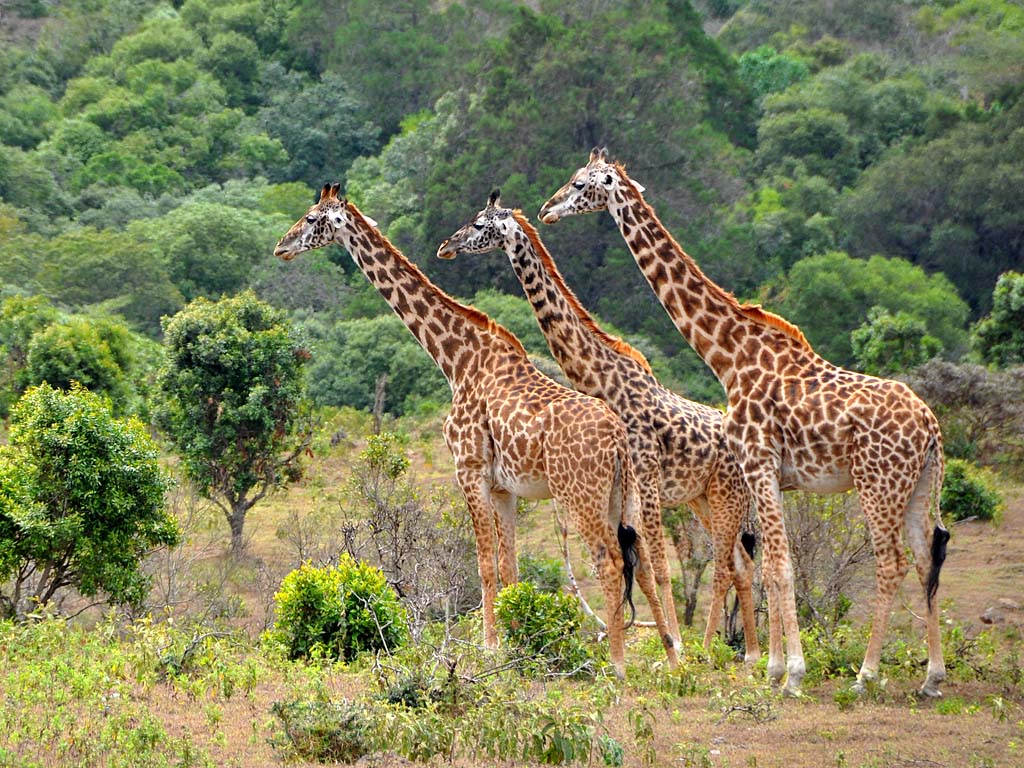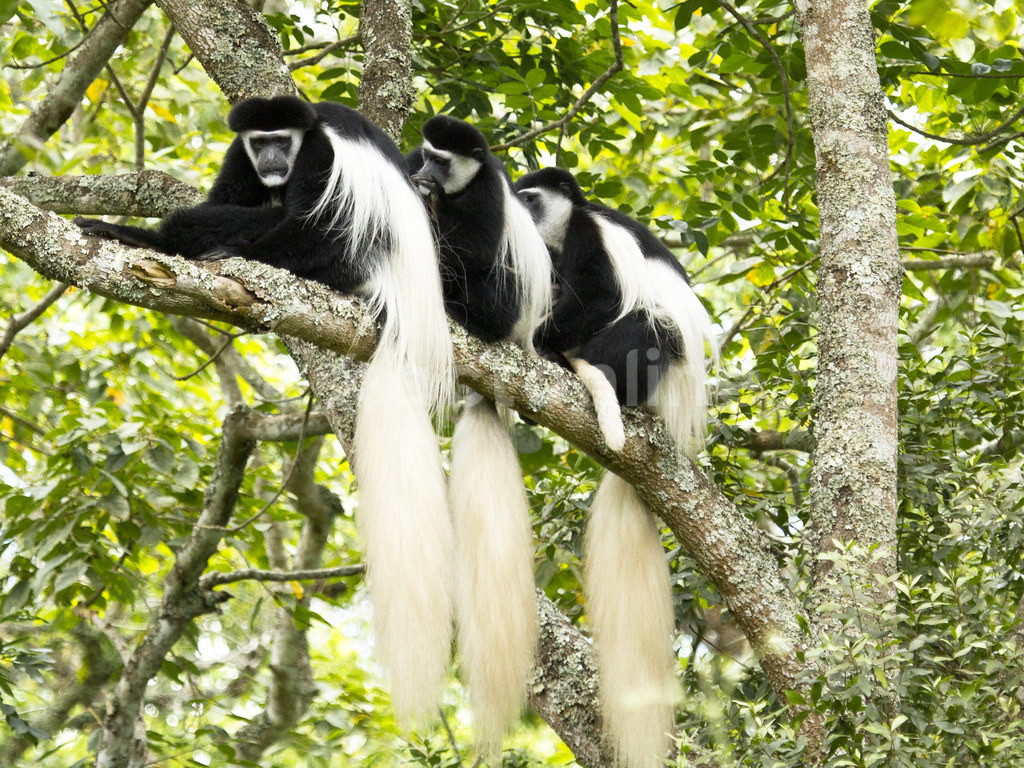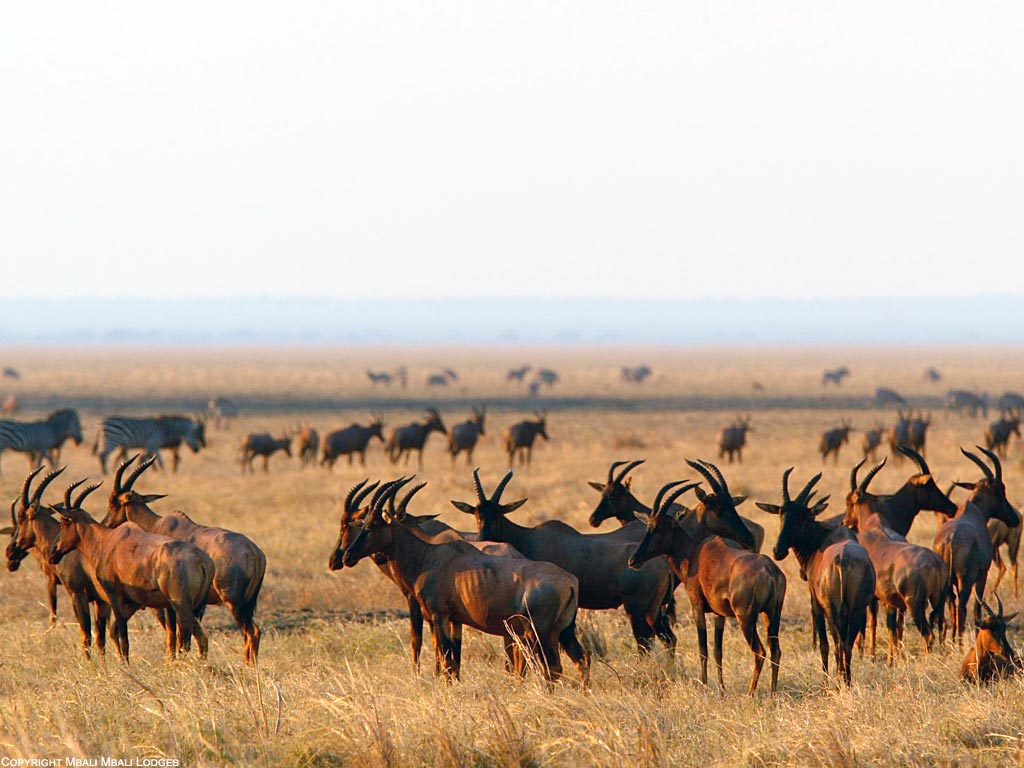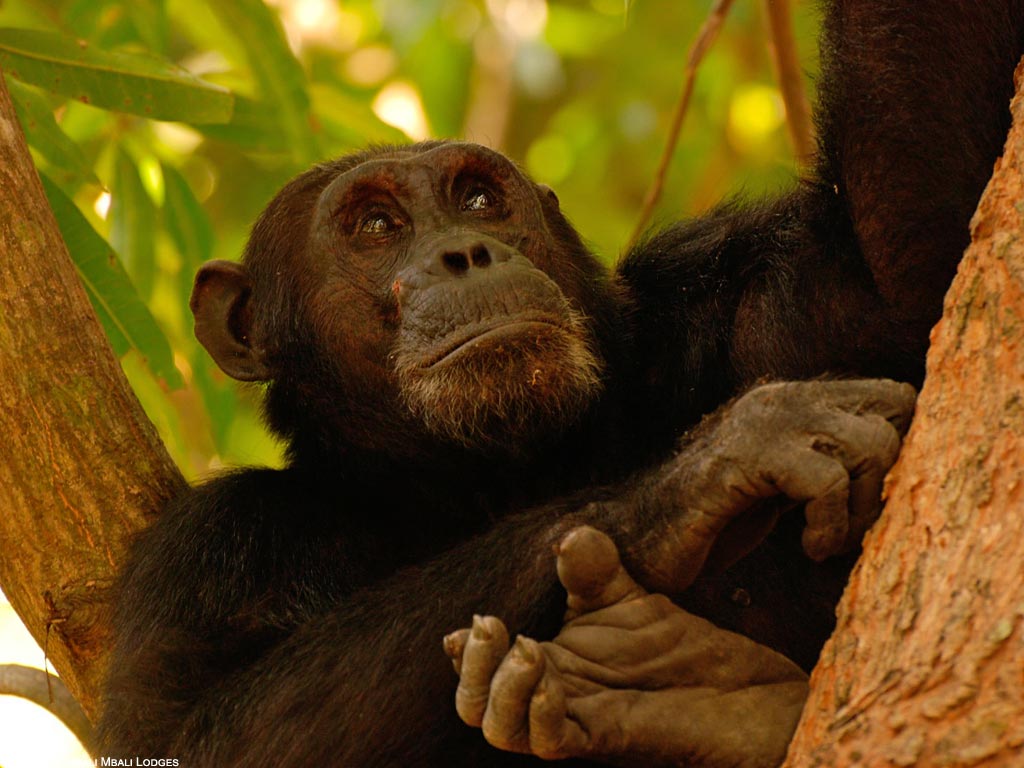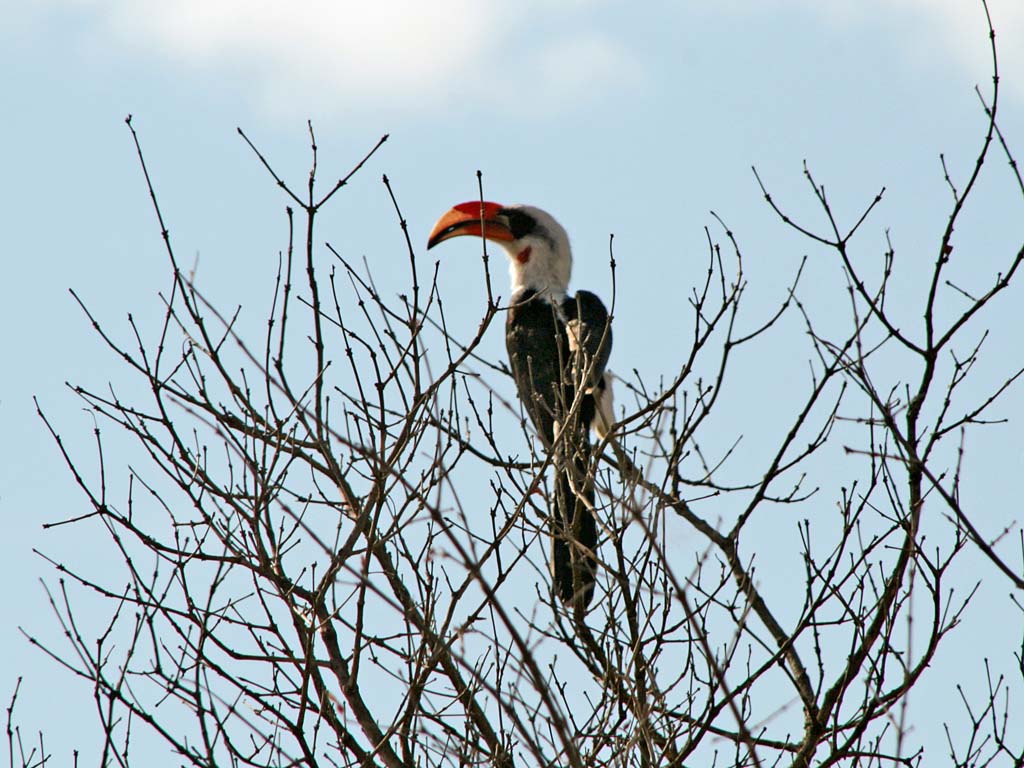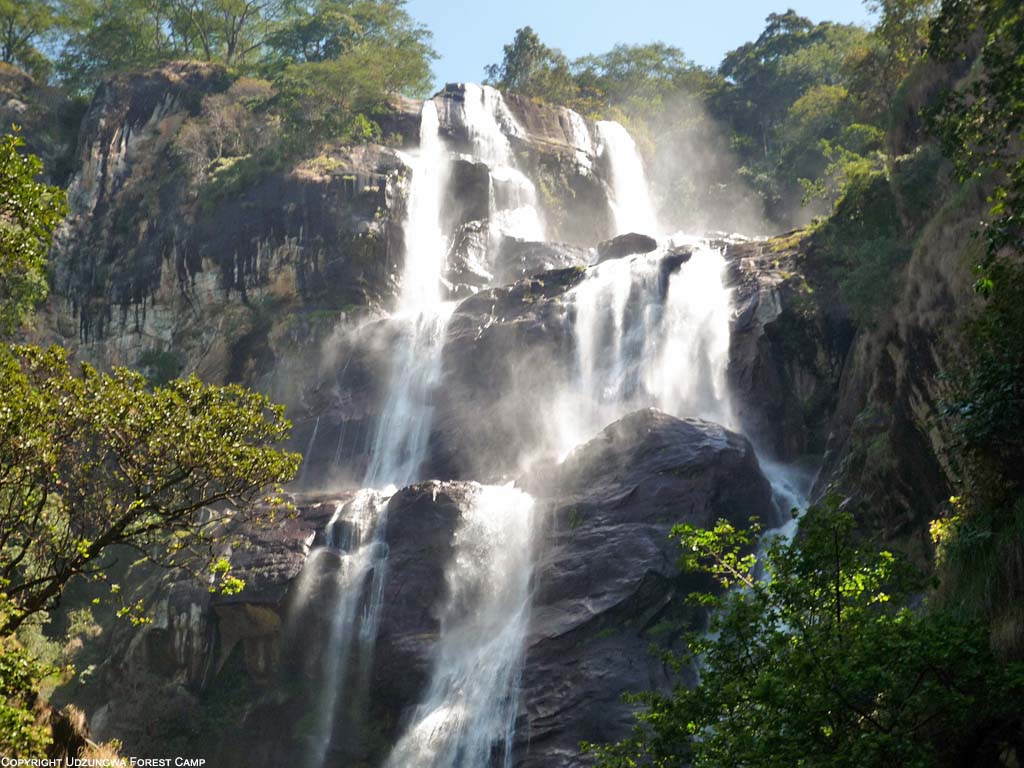Best Time to Visit Serengeti:
The best time to visit the Serengeti depends on your interests and the specific experiences you seek.
- Wildlife Viewing: The Serengeti is renowned for its abundant wildlife. The dry season from June to October offers excellent game viewing opportunities as animals gather around water sources, and the vegetation is less dense. The wildebeest migration also occurs during this period, adding to the spectacle.
- Bird Watching: For bird enthusiasts, the wet season from November to May is ideal. The migratory birds arrive, and the Serengeti becomes a haven for various species, including raptors, waterbirds, and colorful songbirds.
- Birth of Calves: If witnessing the wildebeest calving season is on your bucket list, plan your visit between January and February when thousands of wildebeest give birth on the southern Serengeti plains.
Wildlife to See in the Serengeti:
The Serengeti is home to an incredible array of wildlife, including:
- The Big Five: Lions, elephants, leopards, buffalo, and rhinos (though rhinos are quite rare in the area).
- Wildebeest Migration: Witness the dramatic wildebeest migration, where millions of wildebeest, zebras, and other herbivores move across the plains in search of fresh grazing.
- Cheetahs: The Serengeti is known for its high population of cheetahs, providing excellent opportunities to observe these magnificent predators.
- Giraffes, zebras, hippos, crocodiles, hyenas, and a wide variety of antelope species.
Flora:
The Serengeti’s diverse ecosystems support various plant species, including grasslands, acacia woodlands, riverine forests, and kopjes (rock outcrops). During the wet season, the plains turn lush green, while the dry season brings golden savannah landscapes.
Accommodation in Serengeti:
The Serengeti offers a range of accommodation options catering to different budgets and preferences. These include luxury lodges, tented camps, and campsites located both inside and outside the park. Staying within the park allows for immersive experiences and easy access to wildlife-rich areas.
- Singita Grumeti Serengeti House: This exclusive-use lodge offers luxurious accommodations with stunning views of the Serengeti plains. It features spacious suites, a private pool, a personal chef, and a dedicated staff to ensure a memorable stay.
- &Beyond Serengeti Under Canvas: This mobile tented camp provides a unique and immersive safari experience. The spacious tents are elegantly furnished and offer en-suite bathrooms with hot bucket showers. The camp moves seasonally to ensure proximity to wildlife and the Great Migration.
- Four Seasons Safari Lodge Serengeti: Located in the heart of the Serengeti, this lodge offers stylish rooms and suites with breathtaking views. Guests can enjoy amenities such as a spa, infinity pool, and gourmet dining options. Game drives and cultural experiences are also available.
- Singita Sasakwa Lodge: Situated in the Grumeti Reserves, this lodge offers opulent suites and cottages with panoramic views of the Serengeti. The lodge features a swimming pool, spa, and a range of activities including game drives, guided walks, and horseback safaris.
- Serengeti Serena Safari Lodge: Set amidst acacia-dotted plains, this lodge combines traditional African design with modern comforts. The rooms are spacious and offer views of the surrounding landscape. The lodge also features a swimming pool, a restaurant, and evening cultural performances.
- Lemala Ewanjan Tented Camp: Nestled in a secluded area of the Serengeti, this camp provides a private and intimate experience. The spacious tents are elegantly furnished and offer en-suite bathrooms. Guests can enjoy game drives, bush picnics, and sundowners in the wilderness.
- Asilia Namiri Plains Camp: Located in the eastern Serengeti, this camp offers exclusive access to the region known for its resident big cat population. The tented suites provide comfort and seclusion, while the camp’s eco-friendly practices contribute to the conservation of the area.
- Sanctuary Kichakani Serengeti Camp: This mobile camp follows the Great Migration, ensuring proximity to the action. The spacious tents offer comfortable beds, en-suite bathrooms, and a private deck. Guests can enjoy game drives, bush dinners, and cultural interactions.
- Serengeti Pioneer Camp: Designed to evoke the classic safari atmosphere, this camp features luxurious tents with en-suite bathrooms and elegant furnishings. Guests can experience day and night game drives, guided walks, and cultural visits to local communities.
- Serengeti Migration Camp: Positioned in the northern Serengeti, this camp offers spacious tents with en-suite bathrooms and private verandas overlooking the Grumeti River. Guests can enjoy game drives, hot air balloon safaris, and sundowners in the wilderness.
These are just a few of the top accommodation options in the Serengeti, each offering a unique experience while ensuring comfort, excellent service, and close proximity to the abundant wildlife and natural wonders of this iconic destination.
Wildebeest Migration in Serengeti:
The Serengeti hosts the famous annual wildebeest migration, a natural spectacle like no other. It involves the movement of millions of wildebeest, zebras, and gazelles in search of fresh grazing and water sources. The precise timing and location of the migration vary each year, influenced by rainfall patterns. Generally, the herds are in the Serengeti between July and October, crossing the Mara River around August and September.
Serengeti Safari Tips:
- Plan in advance and book your accommodation and safari activities early, especially during peak seasons.
- Hire a knowledgeable guide or join a guided safari to enhance your wildlife sightings and learn about the ecosystem.
- Pack appropriate clothing for both warm and cool weather, as temperatures can vary throughout the day and between seasons.
- Bring a good pair of binoculars, a camera with extra batteries, and memory cards to capture the incredible wildlife moments.
- Respect wildlife and maintain a safe distance. Follow your guide’s instructions and adhere to park regulations for a responsible and sustainable safari experience.
- Stay hydrated, wear sunscreen, and protect yourself from insects by using insect repellent and wearing long-sleeved clothing.
- Embrace the early mornings and late afternoons, as these times often offer the best wildlife activity and lighting for photography.
- Take the time to appreciate the smaller details of the ecosystem, such as birdlife, flora, and unique landscapes.
Embarking on a Serengeti safari is an unforgettable experience that immerses you in the raw beauty of nature and offers a front-row seat to one of the world’s greatest wildlife spectacles. Enjoy the journey and treasure the memories you create in this iconic African wilderness.
Top Attractions in Serengeti
The Serengeti National Park is a world-renowned safari destination that offers a wealth of incredible attractions. Here are some of the top attractions in the Serengeti:
- Great Wildebeest Migration: The Serengeti is famous for hosting the Great Wildebeest Migration, considered one of the most spectacular wildlife events on the planet. Witnessing millions of wildebeest, zebras, and other herbivores crossing rivers and grasslands in search of fresh grazing is a truly awe-inspiring sight.
- Abundant Wildlife: The Serengeti is home to an extraordinary diversity of wildlife. From the iconic African Big Five (lion, elephant, buffalo, leopard, and rhino) to cheetahs, giraffes, hyenas, hippos, and numerous antelope species, the park teems with an incredible array of animals.
- Big Cats: The Serengeti is renowned for its thriving population of big cats, including lions, leopards, and cheetahs. Witnessing these majestic predators in action, whether it’s a lioness hunting or a leopard resting on a tree branch, is a thrilling experience.
- Balloon Safaris: Taking a hot air balloon ride over the Serengeti at dawn offers a unique perspective and a breathtaking view of the vast plains, wildlife, and sunrise. It’s an unforgettable way to experience the beauty of the park from above.
- Serengeti Kopjes: The park is dotted with massive granite rock formations known as kopjes. These rocky outcrops provide shelter and vantage points for wildlife, making them excellent spots for game viewing and photography.
- Seronera Valley: Located in the central part of the Serengeti, the Seronera Valley is known for its year-round wildlife concentrations. The area is characterized by open grasslands, acacia trees, and a network of rivers, attracting a wide range of animals.
- Hippo Pools: The Serengeti is home to several hippo pools where you can observe these enormous semi-aquatic mammals up close. Watching hippos wallowing, bellowing, and interacting with each other is a fascinating sight.
- Birdlife: The Serengeti is a paradise for bird enthusiasts, with over 500 bird species recorded in the park. From majestic raptors like eagles and vultures to colorful bee-eaters, hornbills, and ostriches, the birdlife is diverse and captivating.
- Serengeti Plains: The vast grassy plains of the Serengeti are a defining feature of the park. The seemingly endless savannahs stretch as far as the eye can see and provide the backdrop for the wildlife spectacles that unfold during the Great Migration.
- Serengeti Sunsets: The Serengeti is renowned for its mesmerizing sunsets. As the golden light bathes the savannah, it creates a magical ambiance and offers incredible opportunities for photography and relaxation.
Exploring the Serengeti is an extraordinary journey into the heart of the African wilderness, where you can witness remarkable wildlife, breathtaking landscapes, and natural wonders that will leave you with lifelong memories.

